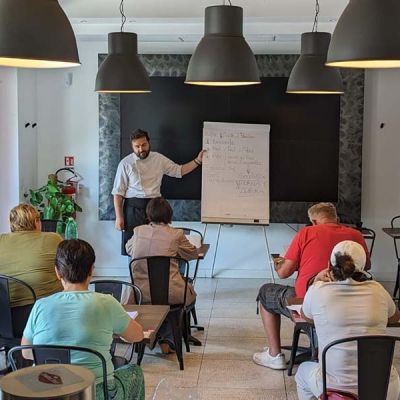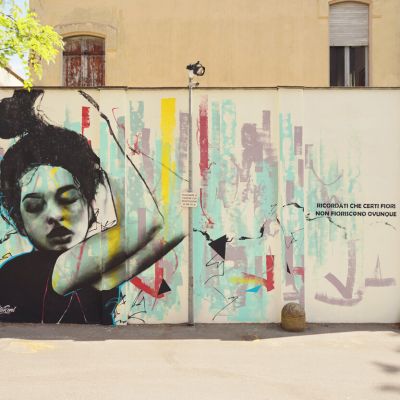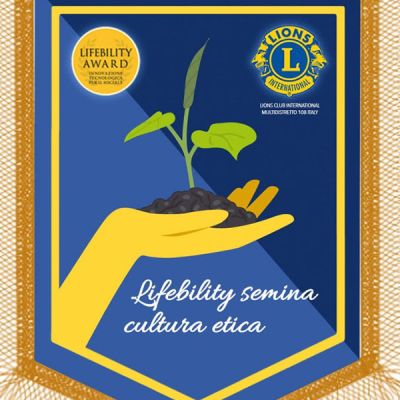As a specialist and an art historian, what are the gaps in the art world that do not allow young people to meet with work?
There is a lack of public initiative, a country that has a large chunk of the world’s artistic heritage cannot reduce management costs, in the long run it is a suicidal choice. Not investing in one of the country’s main resources does not create the opportunity to make these resources more useful and leaves it in an absurd situation in some ways. The costs of heritage preservation are public but all that can be given of the profits is given to private individuals, in this situation of little public intervention a vicious circle is set in motion that leads nowhere.
To a young art enthusiast what advice can you give?
On the one hand you do a beautiful job being also a very fascinating field that gives satisfaction, after all, we take care by work what others do on vacation:
We visit museums, exhibitions, historical places. Of other field is known, finding employment in the art world is unfortunately difficult because on the public side, it invests very little and there are
consequently many fewer public competitions than 30 years ago, on the other hand
if you work with private individuals it is easier to find work, with the big limitation that the private
deals in art for a financial return that allows him to stay on his feet,
this is contradictory. When I started in the late 1980s, the situation was very different, there was a more enthusiastic atmosphere because there was a lot of confidence in the
of this fascinating world, not least because the Ministry of Cultural Heritage, established in ’74,
had given great impetus to the rediscovery of heritage, and in the 1980s’ people were talking about cultural deposits, pointing to them as ‘Italian oil,’ a public and productive resource capable of boosting sectors of the economy. Things then turned out differently, partly because the public
invested less and less, No tax breaks were given to individuals that would incentivize
to invest liberally in the sector, and increasingly there has been a coupling of cultural heritage with tourism, which in itself is a fair argument but this is how you look at cultural heritage
according to their tourist attractiveness. This may turn out to be a fair cultural match
but basically this is not the case, since in practice it comes out to be a problem of ”specific weights.”
so in the end the state results in a negative view on assets because maintenance costs money,
and sheds light on tourism that provides economic revenue. This is an improper pairing
which has led to recent choices that are counterproductive for the same sector by looking only at the economic and tourist side, leaving out its care and study.
She participated in Actl’s project, Fedora, which through humanities pathways and the acquisition of digital skills in art is concerned with helping young people approach the art world. How do you think digital can help the arts and youth employment?
In the meantime, I say that the Fedora project delves into this side that is completely missing in the state curriculum pathways. As we all know, having these skills is essential to date for the protection and cataloging of cultural property, the latter figure, however, varies by region; in Lombardy, for example, a very good job has been done. We should open up to the field of digital art, such as NFTs, works made online that can only be purchased digitally, are creating a market for themselves. For a young person to have these skills is basic.
In the art world for scholars, how important is social and digital?
I think it is important and little practiced, especially among people born in the 1960s like me, but still I don’t know how viable digital cooperation is at the study level since we still rely to this day on books and the library, on reading scholarly contributions.
Online art history journals also are still very few and poorly followed, so from this point of view the current situation does not make this kind of collaboration essential. Sharing exhibition news and dissemination information, however, is central. Added to this is the emergence of communication aimed at online audiences, and here at the communication level there are new things, some historians have created a kind of parallel line, even ironic at times, of art history, online. If you have initiative and a desire to be in the public eye, it almost opens up an influencer field.
What could schools do to bring young people closer to the world of art and culture and give them a future?
First of all, I remember that public schools have drastically reduced the hours of art history according to the addresses, here always returns the suicidal approach I mentioned since it is the state itself that chooses to cut its roots. Beyond that, however, there is a general culture problem. I happened to go to China and stay there for a while, and I was very impressed how a country so far ahead on technology, and with a cultural past that it preferred to erase in order to embrace a Marxist culture, showed such openness. Today we have an opposite phenomenon: The Chinese government has increased teaching hours in the humanities such as art, drama philosophy. This goes hand in hand with the enhancement of archaeological sites and excavations. In the past 10 years, an average of one museum a day has been opened in China, which is as incredible as it is impressive. So there is a great public investment and a great incentive for private individuals to pour their wealth into collecting and private museums. This has not only increased the market for collecting and contemporary art, but also the number of collectors of ancient Chinese art. The feedback of all that is that of China’s identity type and historical recognition certainly comes to mind. Somewhat like in the fascist era there was a strong enhancement of Roman art to increase the affirmation of current identity. It is a phenomenon with lights and shadows. if I imagine what italy could do to enhance its artistic heritage the answer always falls back to increasing public investment in a sector it should consider fundamental, including through hiring courses. Today you know, you enter this world basically by knowledge, this is disincentivizing. Objective evaluation is almost a rarity now, and as a negative fallout you have that students in the humanities are decreasing. I am not an economist but if the state contracts one sector, regardless it generates a negative mechanism on all areas of that sector, in Italy for example, collecting is almost disappearing. Chinese awareness becomes a model from which to take an example.
If you want to give voice to all Italian birth realities, it is good to start acting differently from the way things have been done.
One of the fundamental things about teaching is the ability to pass on what you have learned; play-force you have to be lucky to have had a great teacher/great
Stradedarts was born spontaneously out of our passion, first, for Graffiti Writing and then for Street Art. We are based in Milan’s zone 6, where we took our first steps, breathing new life into abandoned walls and actually giving them back to the community. Our value has always been this, beauty, seen through these cultures and languages, which have been able to transform “non-places” into true open-air museums. We tried to give something back to our territory, to the place where we were born and where we still love to work.
Certainly an initial result was to help more than 2.000 bright young people to present ethical business ideas, several of which have then seen practical implementation, then like any sowing, you have to wait for the harvest; 5 better 10 years have to pass to see if the sowing has been successful, that is, the time it takes for almost 100 of our brilliant winners to establish themselves and become decision makers: in fact, today we can see how winners of the first editions behave ethically when the situation arises, famous example and Cristian Fracassi with a respirator mask during the pandemic, but also others less known.



